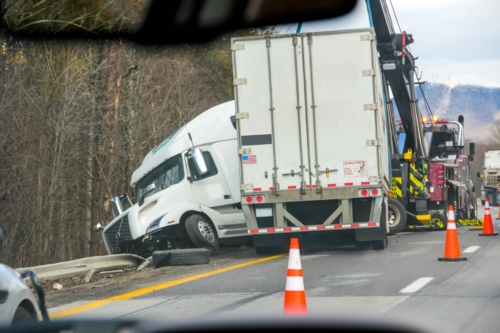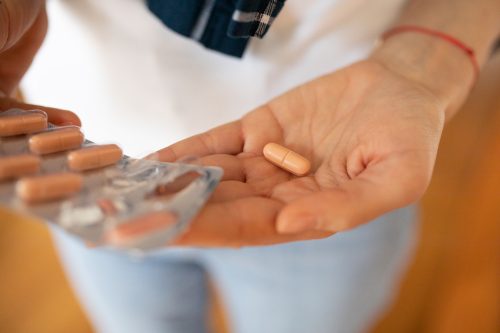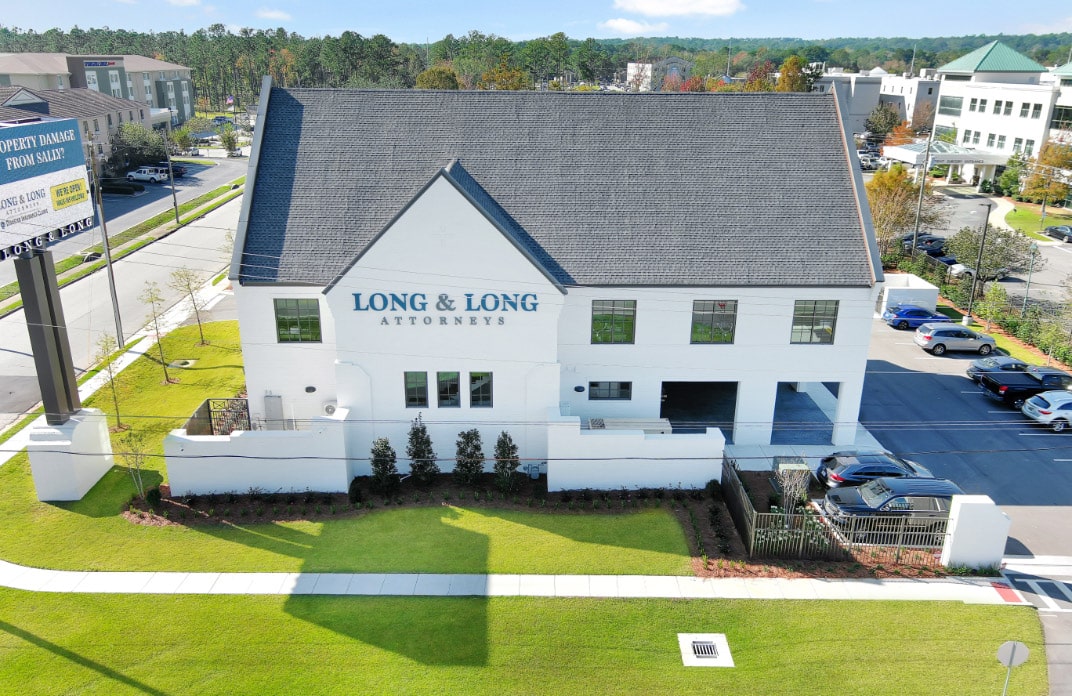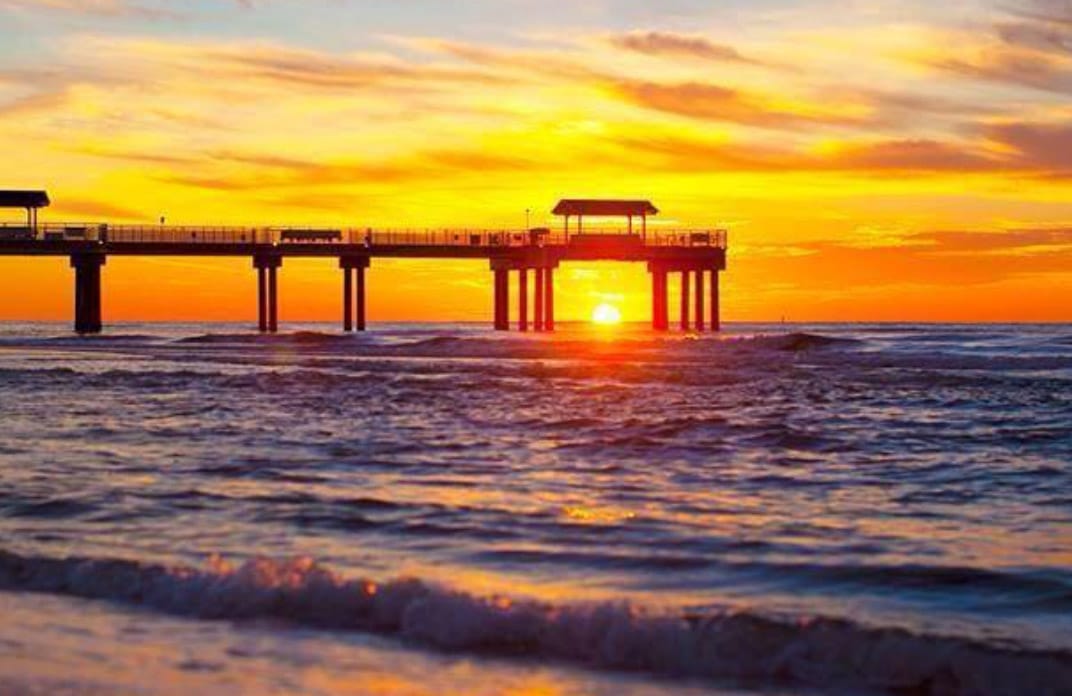A “dead zone” is an area of water that contains less oxygen than other areas. It is hypoxic, defined as having less than two parts of oxygen per million parts of water. The Gulf of Mexico dead zone has been monitored for decades and found to be larger now than it was in the 1970s and over the past five years has been, on average, 6,000 square miles. Its largest size has been 8,000 square miles in 2002.
Every river in the world flows to a coastline or lake, where it empties its contents. Since the world began, rivers have been carrying silt to the seas and lakes – grainy material from rocks and soil. However, since the world’s population has increased so much over recent centuries, there has been a greater need for food which has led, in many countries, to large-scale farming with the use of pesticides, herbicides, and fertilizers and to large livestock facilities.
Now the rivers that flow through city areas and large farms are carrying more than silt – they carry chemicals, mostly nitrogen and phosphorous, and animal waste materials, the by-products of increased food production. These materials, being fertilizers, stimulate the growth of aquatic plant life – algae. The algae supply more food for aquatic bacteria because as it dies, it decomposes, sinking to the sea floor. More bacteria lower the oxygen level of the water, making it harder for aquatic animal life to survive.
Contribution of the Mississippi River
The Mississippi river watershed is huge and by the time the Mississippi reaches the Gulf of Mexico, it is carrying water from the Rockies and Appalachians and the vast lower ground in between them. It discharges a huge amount of fresh water into the Gulf salt water and since fresh water is less dense, it floats on top of the salt water.
Surface water is also warmer than deep water and the two types of water remain layered, with the top layer blocking atmospheric oxygen from entering the lower layer. Add this to the increased numbers of bacteria in the lower layer, and the result is severely depleted oxygen. Creatures such as crabs and starfish that live deep in the salt water and cannot swim away from it are suffocated.
The Science Museum of Minnesota has an animated website about the Gulf of Mexico dead zone where you can click your way to a lot of information about what it is, what causes it, and what are its effects. A surprising benefit of hurricanes is apparently that they reduce the Gulf’s dead zone by mixing more atmospheric oxygen into the water.
No Established Connection Between Oil Spill and Size of Dead Zone
According to the website of Alabama Live LLC, scientists are unable to determine whether the Gulf oil spill is related to the size of this year’s dead zone. As noted in our blog of August 2 this week, the National Oceanic and Atmospheric Administration (NOAA) searched but found no oxygen depletion around the Deepwater Horizon wellhead itself.
Time will tell how quickly the Gulf waters recover from the oil spill and how the dead zone grows or shrinks. Meanwhile, eleven people were killed in the rig explosion, the fishing industry in the area is suffering, and the U.S. oil industry is stymied by the drilling moratorium while other countries continue to drill.
If you have been hurt by any effects of the oil spill and would like to know more about your legal choices, please contact our Mobile, Alabama office for a free case evaluation.







